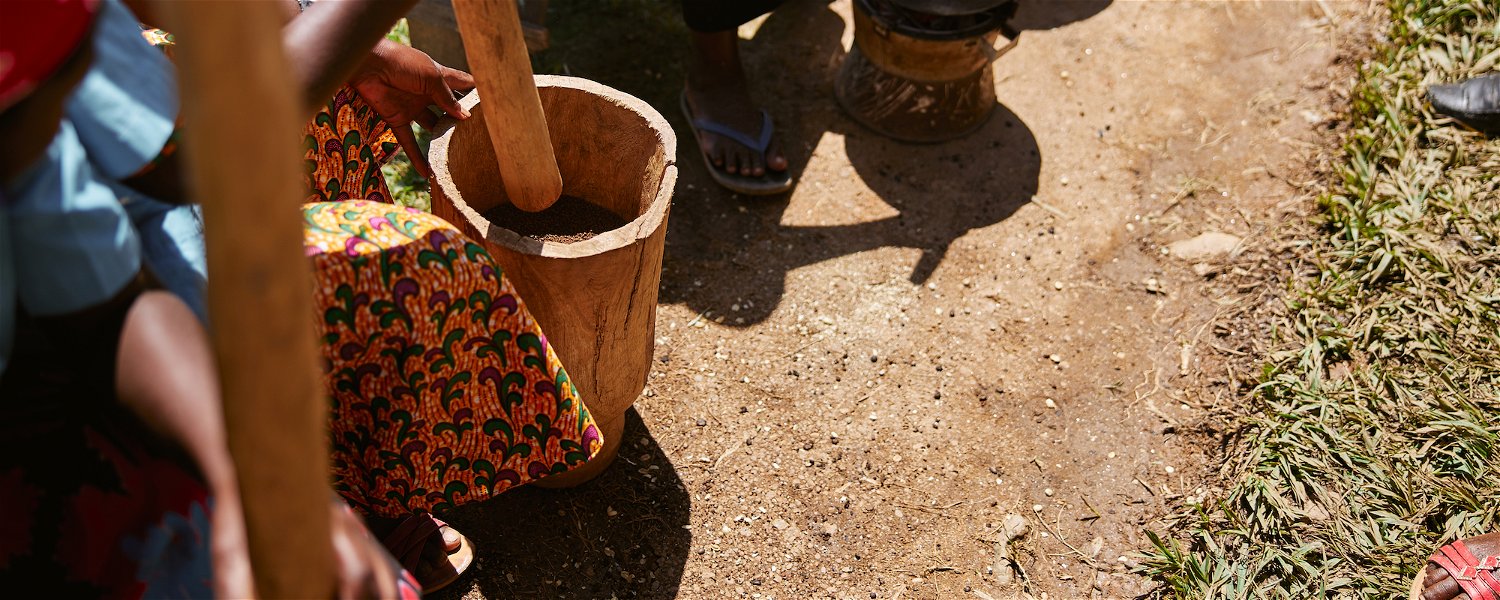Uganda Culture
Ugandan culture is big topic of discussion. Just like a country formed through amalgamation, Uganda is a collection of cultures. Thanks to ethnicity. The different tribes contribute individually to the cultural diversity that Uganda enjoys. The most pronounced cultures are notably those of the tribes from the Bantu ethnic group. These include: the Baganda, the Banyoro, Basoga, Banyankole, Bagisu and many others. Others tribes include; the Acholi, Langi, Iteso, Sebei, Karimojong and many more. Below we briefly discuss a few common details in perspectives most common in defining people’s culture.
Food
Since the majority of the ethnic groups are either herdsmen or farmers, dishes across cultures differ but in mere preference of one dish prepared from one food crop than the other. The preparations of the dishes themselves are other major notable differentiation points between the cultures. The Baganda’s favorite food crop is called ‘Matooke’ as it’s termed in their local language. You can call it Bananas in English. Their favorite dish is normally a combination of this (Matooke) served with G-nut stew or beef perhaps chicken.
The Matooke is peeled and wrapped on banana leaves and thereafter steamed until ready. When it’s ready, it’s ‘tactically’ ground into a soft dough after which it can be served. On the other hand, G-nut stew is prepared from paste got ground g-nuts. The paste is beaten in hot water until it dissolves into the water after which additives like dried mashrooms, ground tuna, roasted tilapia/nile perch and salt among others can be added to give the stew the most desired savor. The taste is surely something you’d not want to miss trying out once you’re here. It’s simply delicious.
Once you get to the western part of the country, you’ll want to try out ‘Ishabwe’, a favorite dish from the herdsmen in the west ‘the Banyankole’. The dish is carefully prepared from ghee mixed with other savors. You surely need to try this out. This list can get longer than you may expect. It’ll cut it off here.
Dress
Who’s not heard about the favourite ‘Gomesi’? Well, here you are. The ‘Gomesi’ is official cultural dress/wear for ladies in Buganda. The dress has a fashion that’s so unique and not easily mistaken for any other. Wearing a Gomesi also requires that you knot a sash around your waist. Therefore these two go hand in hand. The Gomesi is not worn by theBaganda; but also by other Bantu tribes that share a close relationship with the Baganda tribe particularly the ‘Basoga’ tribe and the Bagisu. The men dress in elegantly fashioned veils locally called ‘Kanzu.’
It’s always the order for both men and women to dress appropriately on all cultural ceremonies and most especially on such where the presence of the King is expected. One however always has the liberty to dress in the same manner (in the Gomesi/Kanzu) as he/she may desire for whatever function they may be on. Dressing in a Gomesi implies intellectual maturity, composure, elegance and as well respect for one’s culture.
Music and Dance
The cultural diversity in Uganda is not only reflected in the variety of tribes that compose the country’s population; but by also the music and dance that comes along the variations. From the central region of the country are the Baganda. Music in the Baganda; just like many other African tribes, is made with drums of all sorts. The drums are all played differently to create harmony. Surprisingly, these drums too at some extent dictate the style of dance that used to accompany the music. Some common names of drums are: Bbakisimba, Nankasa, Engalabi, Empuunyi among others. Other musical instrumentals exist too. For example, endingidi, entongoli, sekitulege, and many more. Ugandan culture is indeed a medley of sorts.
Kiganda dance
Dance from the central region of Uganda, and in some other Bantu tribes basically involves body movements of the lower torso i.e., from the waist downwards. These body movements are tactically controlled by planned footwork. It surely a skill that’s developed over time. From the northern part of the country however, art involves rhythmical flipping of the chest and the butt simultaneously. We can never get tired of seeing the dance art performed. We can therefore not discuss the topic here exhaustively. As we explore Uganda culture, we’ll be glad to bring you cultural dance experiences that will stay with you for a lifetime.
Craftwork
It is impossible to talk about Ugandan culture without talking about handiwork and crafts. Ugandans have always had a way of improvising for something. You talk about a carpet; they’ll have a mat instead, talk about a cap; they’ll have a hat, and the list continues. Crafts like Mats, baskets, shoes, hats, dinner table mats, handbags, shopping bags, name it will grace your eyes once you are here. Perhaps you’ve even seen some of them already. These are normally made from things like dried banana stem, palm leaves, sisal, animal hides, horns and many more.
Other crafts like the back-cloth extracted from a tree back and many others exist. A great number of tourists who come here fall in love with our pretty craft sandals. I guess you’ll need to get a pair or two for yourself too. Traditional musical instruments are on this list too. It’s amazing how fine these instruments are the music they can make. Some of these have a close resemblance to those of the western world though they still differ greatly.
Greeting
A very cardinal part of Ugandan culture is greeting and salutation. Indeed, africans hold such a high regard for morals. This is especially evidence in mutual respect for one another. Greeting is therefore an important part of the moral fiber of society in most African countries. Greeting is generally used as a sign of respect for someone and as a symbol of politeness. Greeting is used in the morning to inquire how one’s night was, in the evening/afternoon to inquire how one’s day has been. Such greeting is the formal way of greeting. However, other non-formal ways exist. These are mainly created by the youths as the generations go by and others are simply casual.
A major subset of the Ugandan culture is largely composed of the heritage of the Ganda people. In the Baganda culture, one would say “Wasuze otya nnyabo/ssebo…” to mean “Good morning/How was your night.” This is what you’d say from morning until noon while greeting anyone in the Baganda culture. Please note that the word ‘nnyabo’ means ‘madam’ and ‘ssebo’ means ‘mister/sir.’ In the evening however, one would say “Osiibya otya nnyabo/ssebo” to inquire about how one’s day has been. The response in both cases is “Bulungi nnyabo/ssebo” to imply ‘good’ followed by the same greeting in return to the one who initiated the greeting first.
In the western part of Uganda, in the Ankole culture, one would say “Orirootashi” to imply ‘How are you today.’ The response is ‘Ndyaho’ to mean ‘I’m fair.’ One could also say ‘Wasiibagye’ to imply ‘How’s been your day?’ In the northern part of the country, you’d say ‘Iriyabel ’ to imply ‘How are you today?’ The response is ‘Bel ’. You’ll have to take a leap of faith and come learn these languages yourself. It’s really fun to be able to experience a culture and a life so different from what we’ve always known it to be. I remember the first time I went to the north when I was still a chap; I got a taste of the Turkey. Have you? Now hurry up because they’re a common fowl in that part of the country.



Share This Page